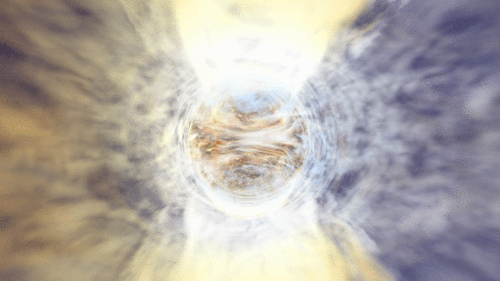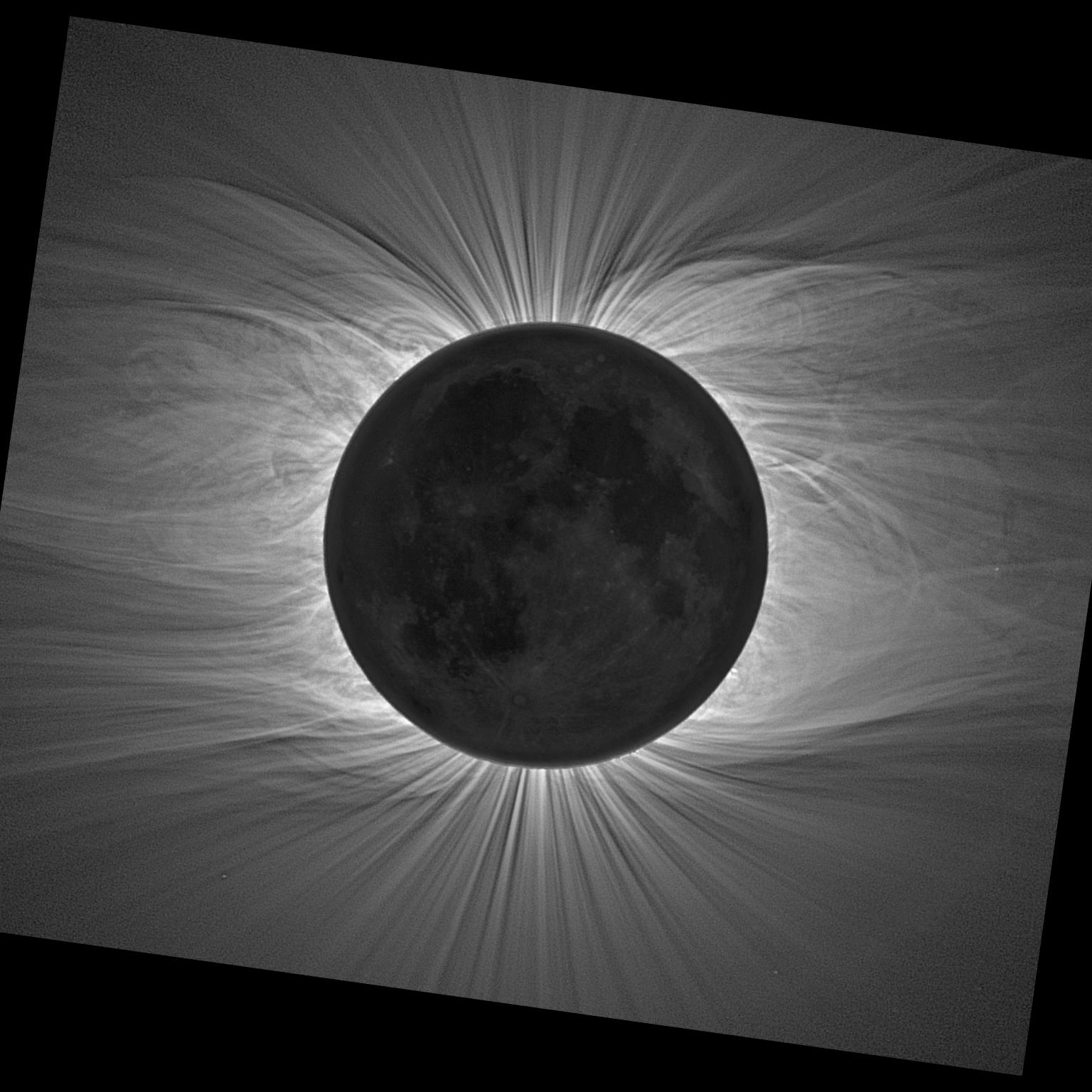


When a CME goes off to the side, there's no worry but when we see an annular CME from our perspective, that's when they're headed right for us. The CMEs themselves are directionally oriented, and it's only the ones that wind up striking Earth that put us at risk. Prominences are high-density collections of material that reside in the corona, and CMEs typically occur where the prominences found on the Sun magnetically break, which leads to the ejection of material. A solar flare without a CME won't be capable of causing a large geomagnetic storm one of the things that SOHO taught us is that that the Earth's magnetic field will protect us from normal solar flares extremely well, leading to a minor auroral event at most.īut many solar flares will lead to coronal mass ejections, particularly if there's a solar prominence nearby. When CMEs come to Earth, that's what causes a space weather event. Nearby, this 1998 animation also shows the comet C/1998 J1. sun-blocking coronagraph that enables the dynamic corona to be imaged in real time. Several coronal mass ejections (CMEs) are observed by NASA's SOHO, thanks to the power of its. With its enormous 4-meter diameter and its five science instruments - four of which are spectro-polarimeters designed for measuring the Sun's magnetic properties - it will measure the magnetic fields on and around the Sun as never before. This is why the NSF's Inouye Solar Telescope has, as its prime science goal, to measure the magnetic field of the Sun at three different layers: The problem is that geomagnetic storms, formed when certain space weather events penetrate our magnetosphere and interact with the atmosphere, can cause massive currents to flow even in electronic circuits that are completely disconnected.Ī key science goal for solar astronomy is to understand how the interplay between the Sun, the space weather that causes these storms, and the effects on Earth itself are all related. If such an event were to occur today, the infrastructure we have for electricity and electronics would experience devastating effects that could easily cause trilions of dollars in damage. Telegraph systems, even when disconnected, experienced their own induced currents, causing shocks and even starting fires. Aurorae were observed around the world: miners awoke in the Rockies newspapers could be read by the aurora's light the bright green curtain appeared in Cuba, Hawaii, Mexico and Colombia. Some 18 hours later (about three to four times the speed of most solar flares), the largest geomagnetic storm in recorded history occurred on Earth. This turned out to be the first-ever observation of what we now call a solar flare. But in 1859, solar astronomer Richard Carrington happened to be looking at the Sun, tracking a large, irregular sunspot, when something unprecedented occurred: a "white light flare" was observed, intensely bright and moving across the spot itself for around 5 minutes before disappearing entirely. Until 1859, solar astronomy was extremely simple: scientists studied the light from the Sun, the sunspots that occasionally dotted the Sun's surface, and viewed the corona during solar eclipses.


 0 kommentar(er)
0 kommentar(er)
